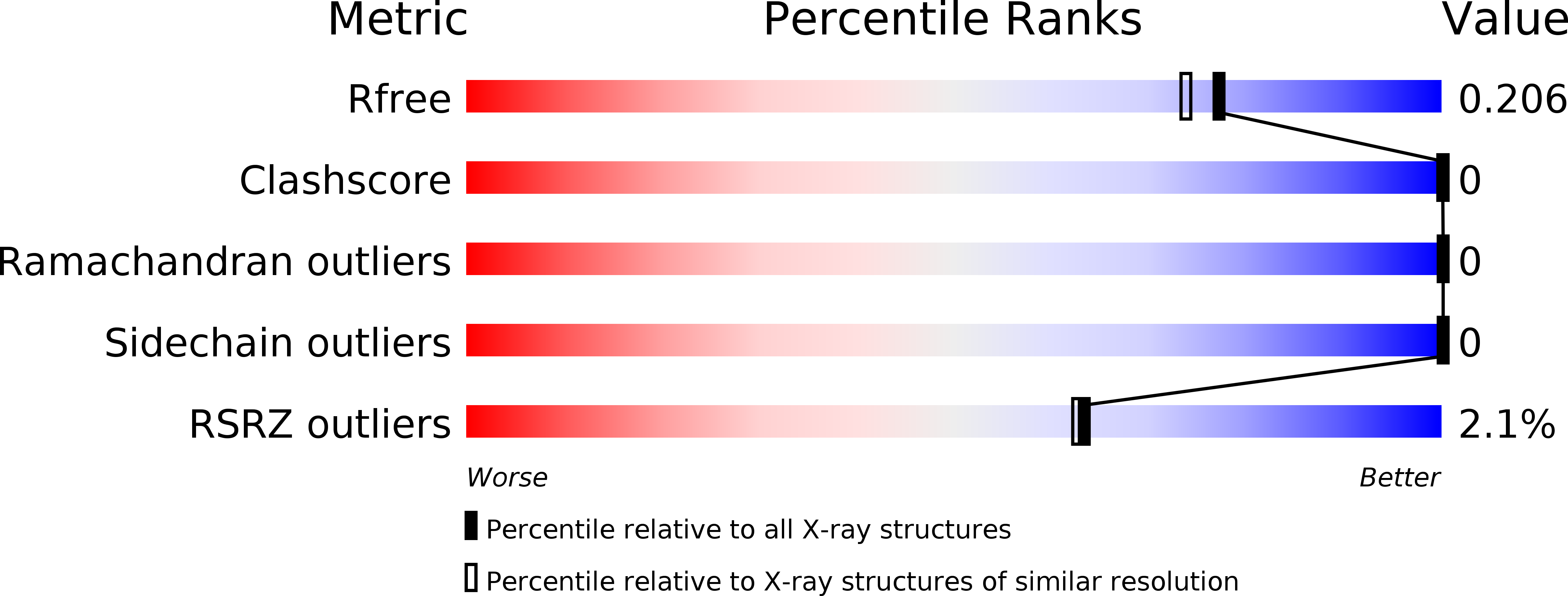
Deposition Date
2017-10-17
Release Date
2018-09-26
Last Version Date
2023-11-22
Entry Detail
PDB ID:
5YL9
Keywords:
Title:
1.86 Angstrom crystal structure of human Coronavirus 229E fusion core
Biological Source:
Source Organism:
Human coronavirus 229E (Taxon ID: 11137)
Host Organism:
Method Details:
Experimental Method:
Resolution:
1.86 Å
R-Value Free:
0.20
R-Value Work:
0.18
R-Value Observed:
0.18
Space Group:
H 3 2


